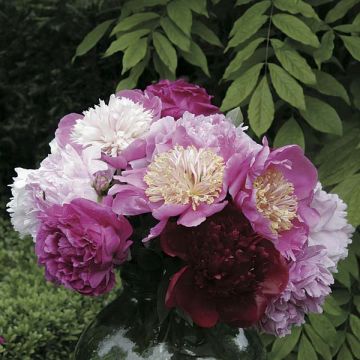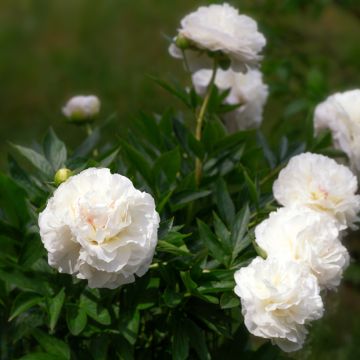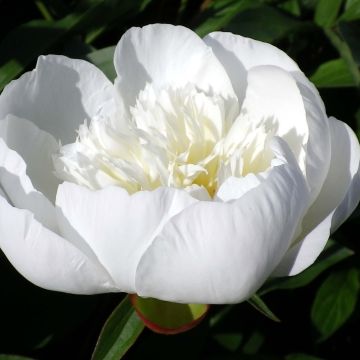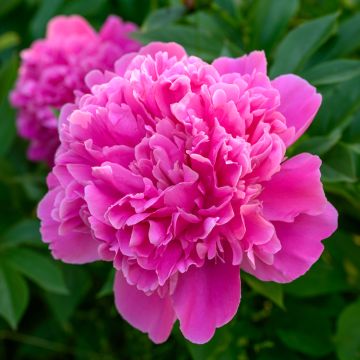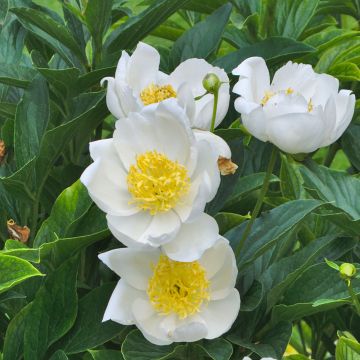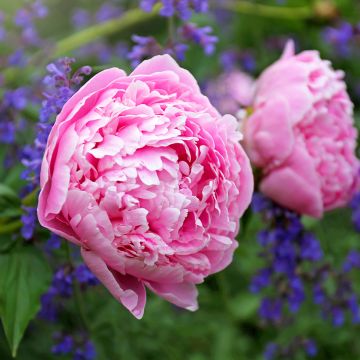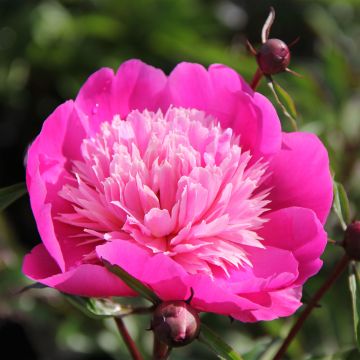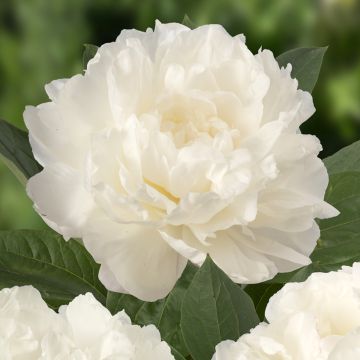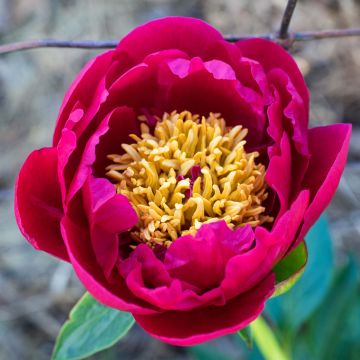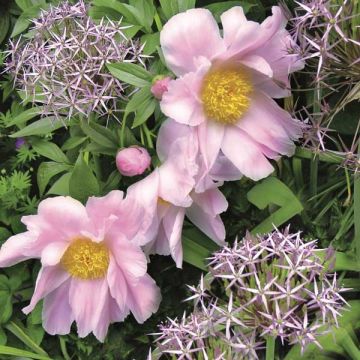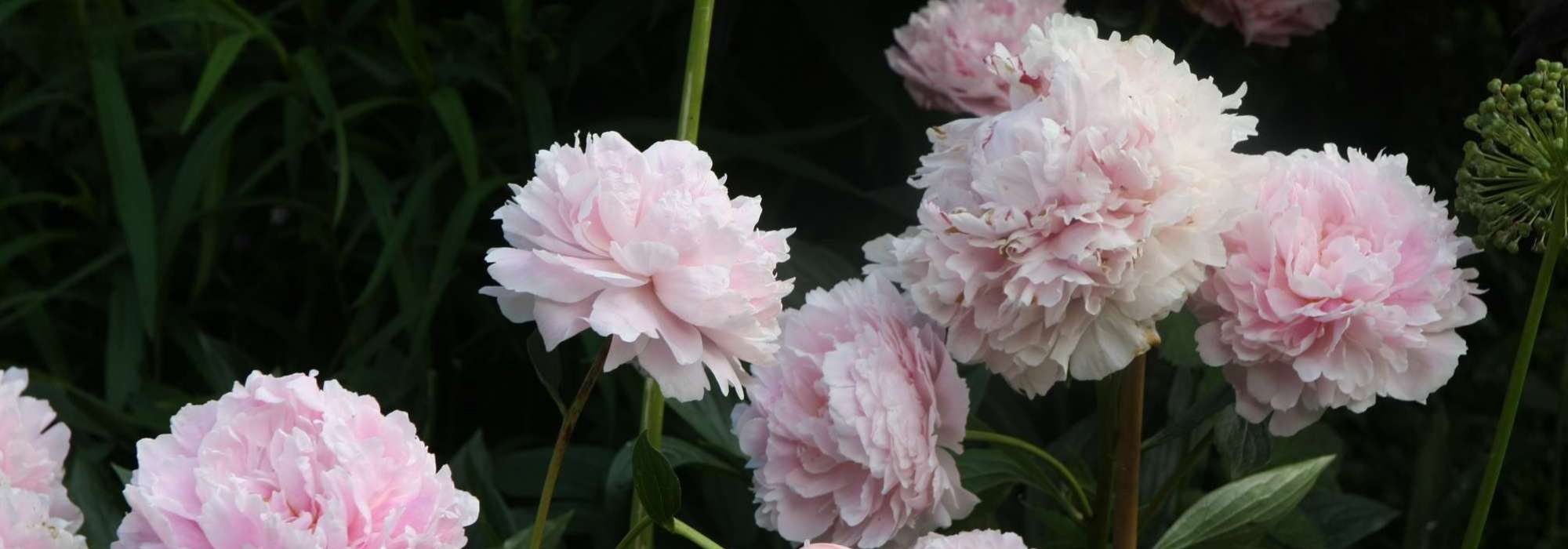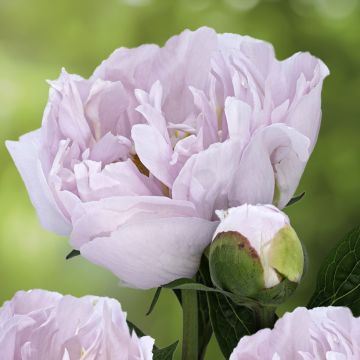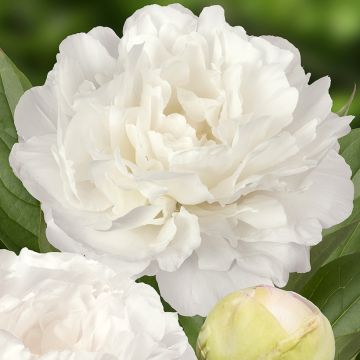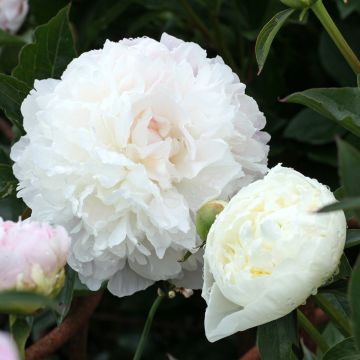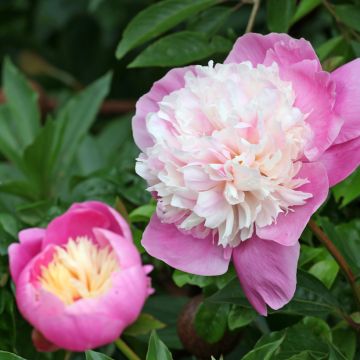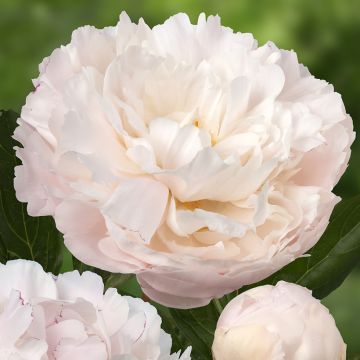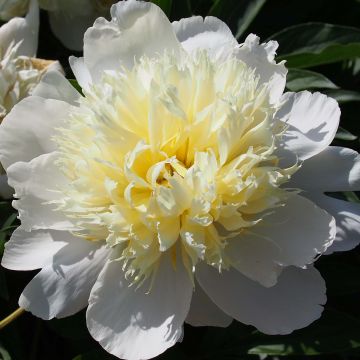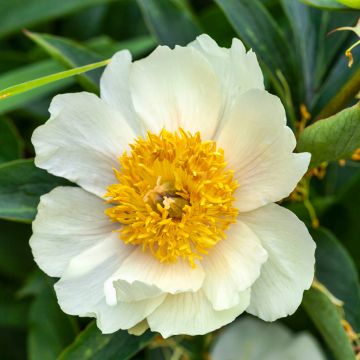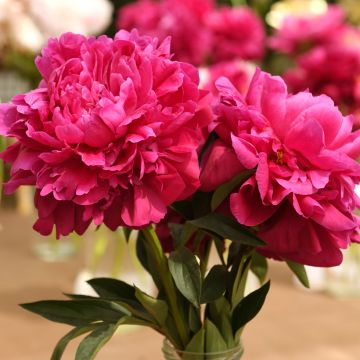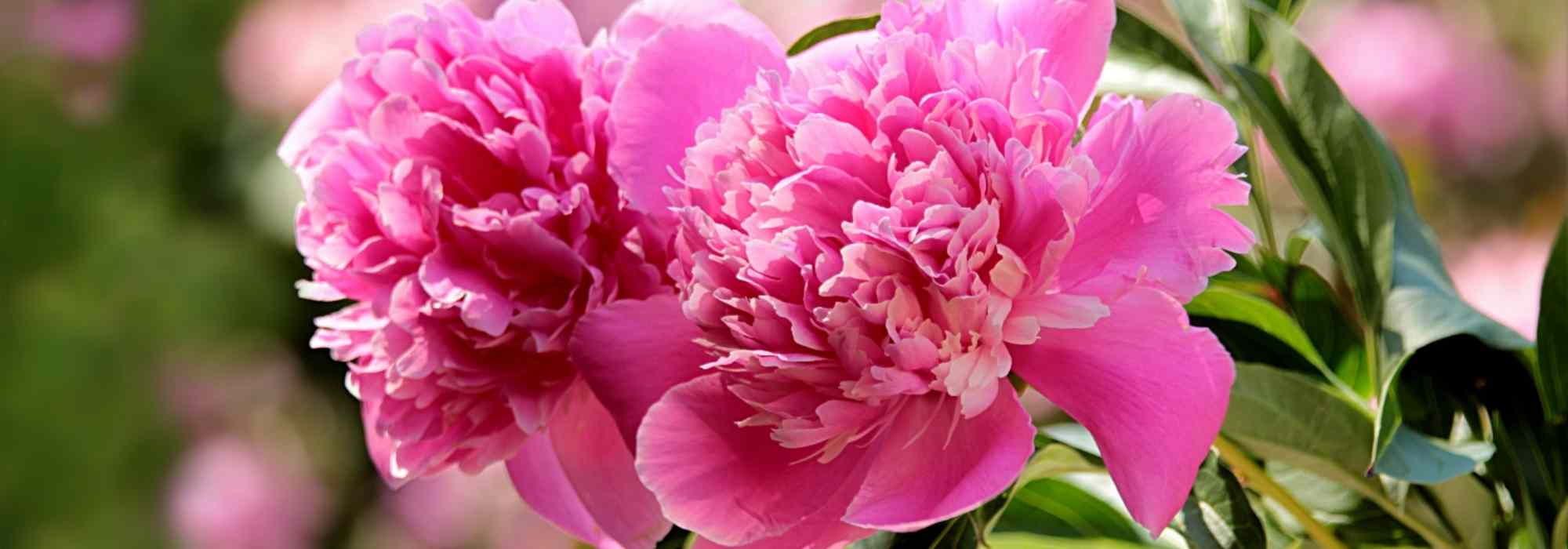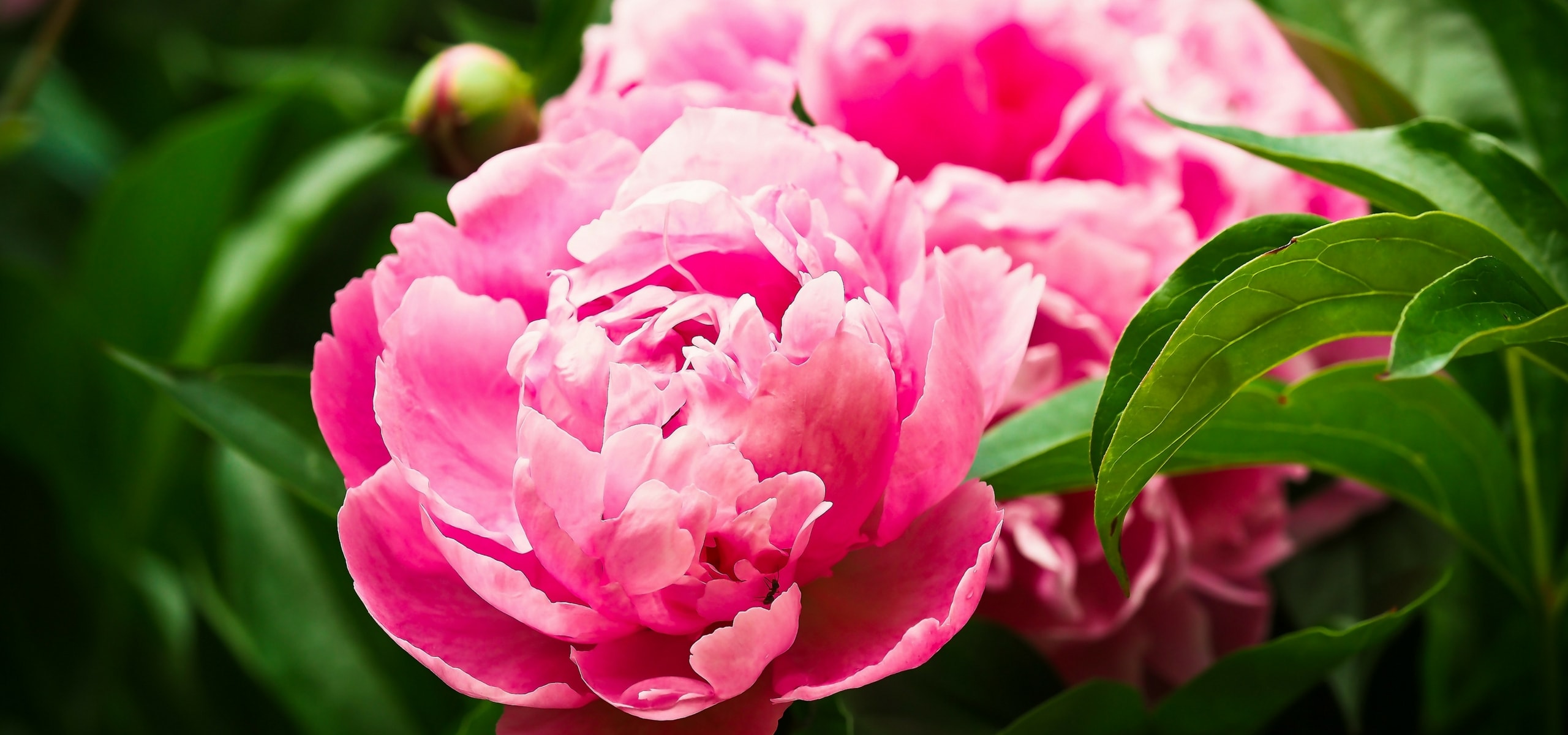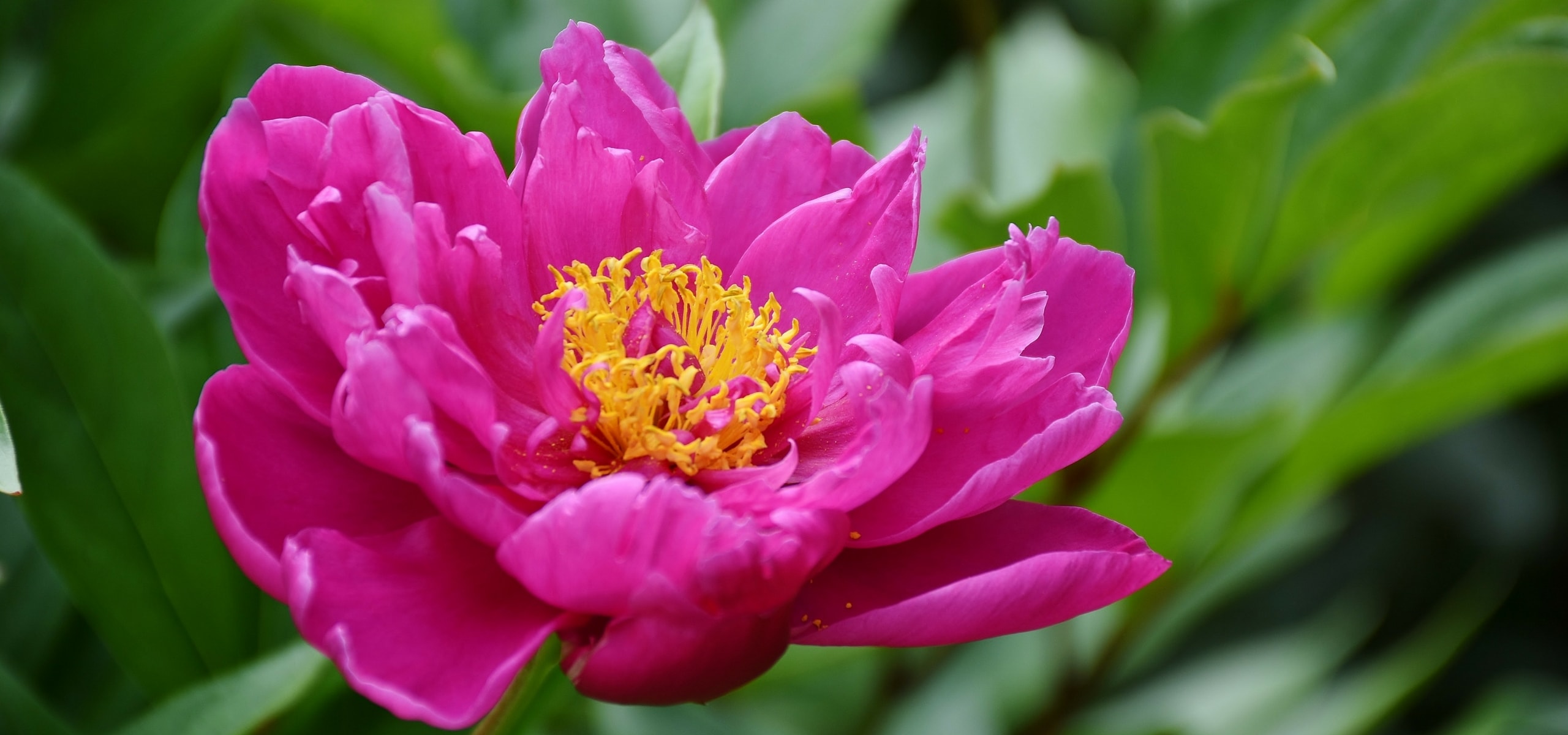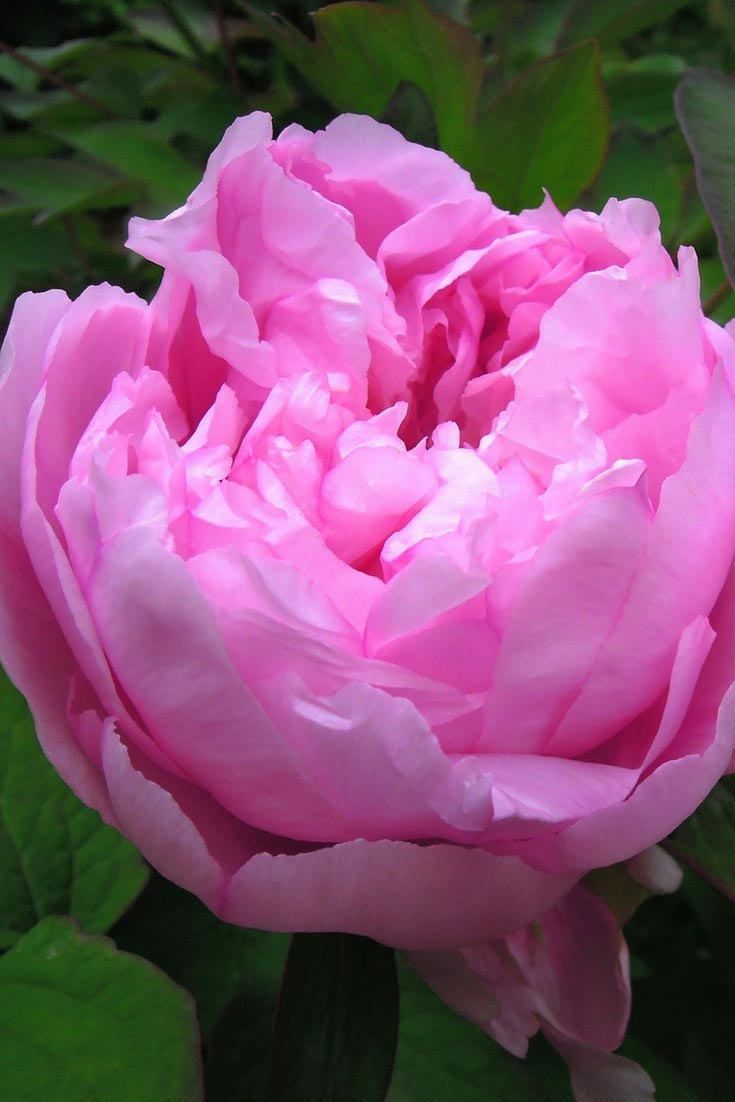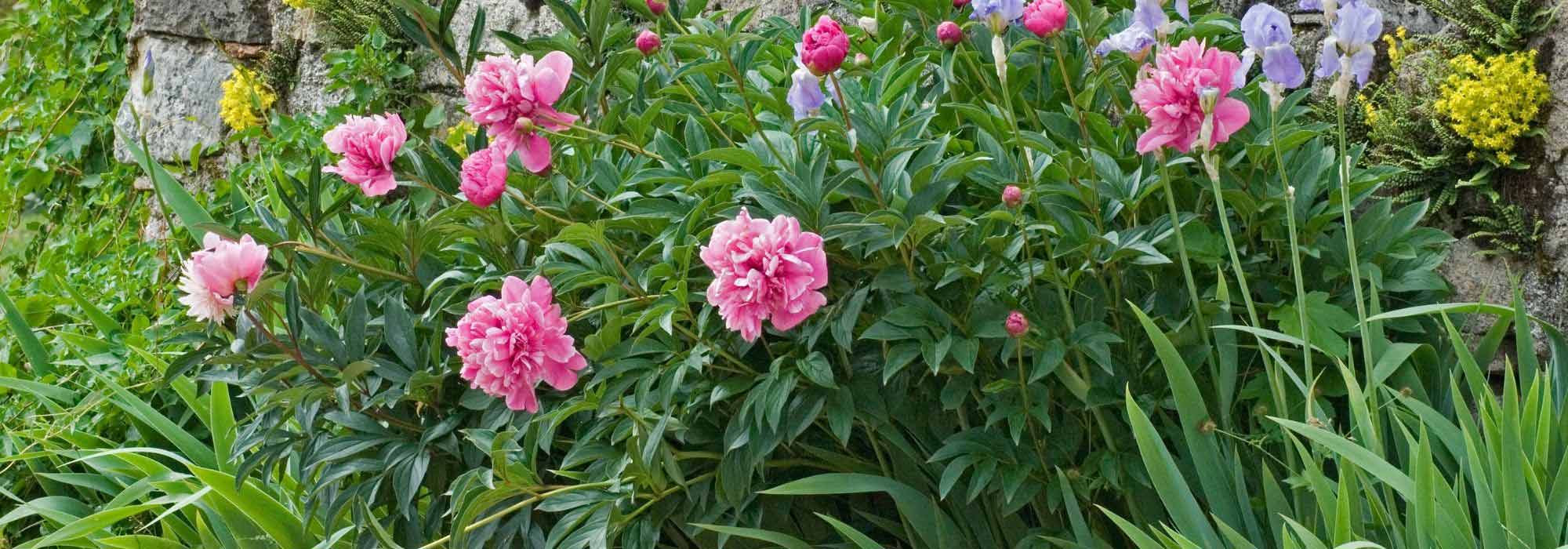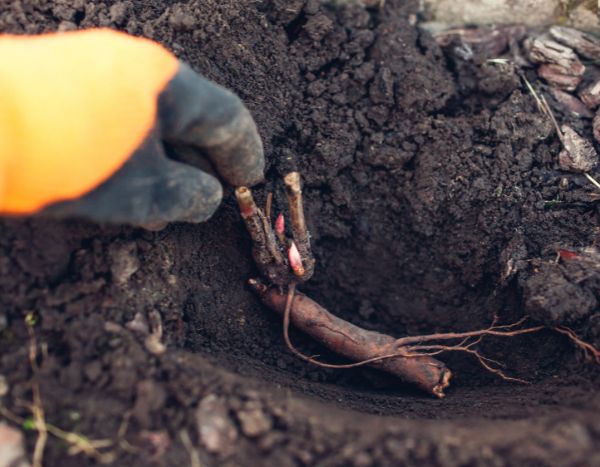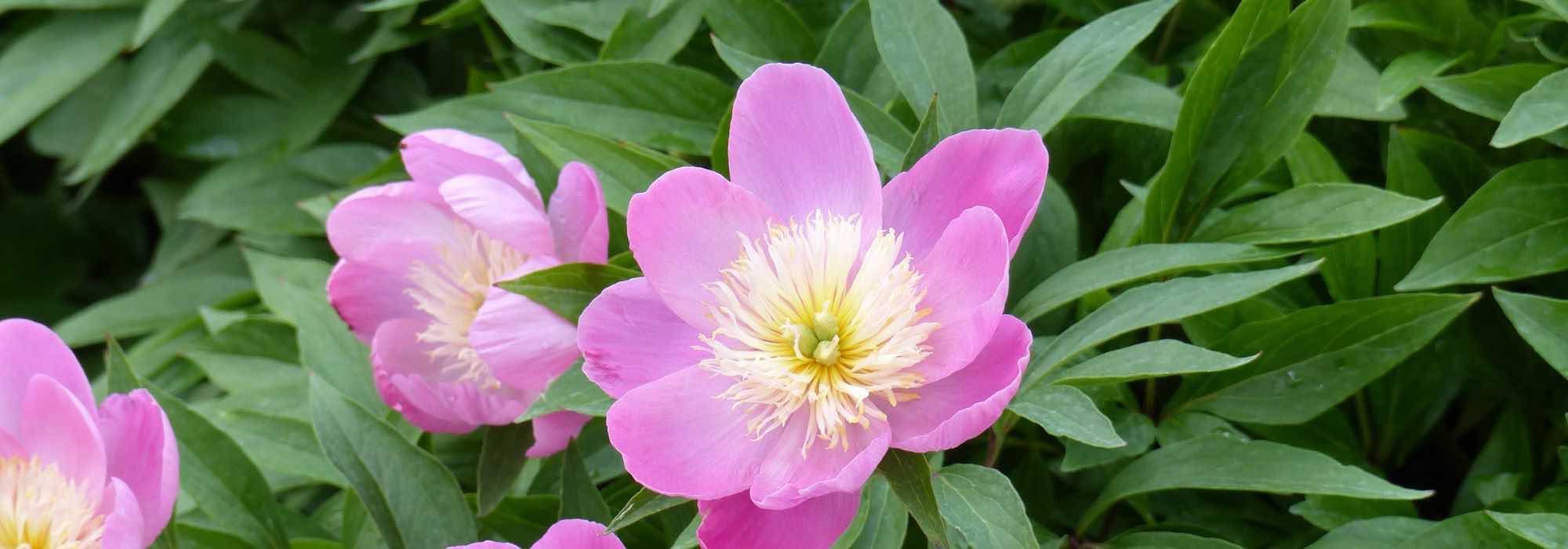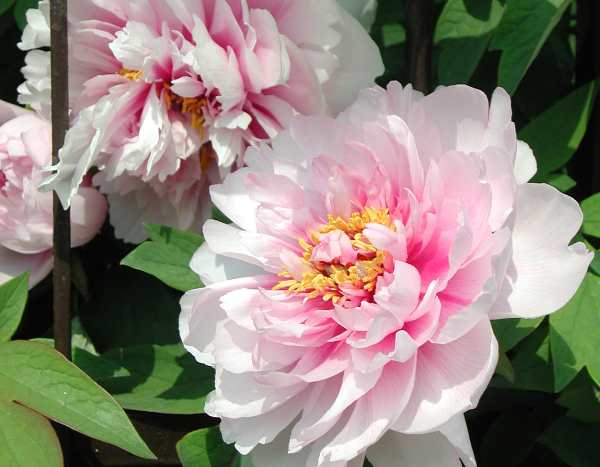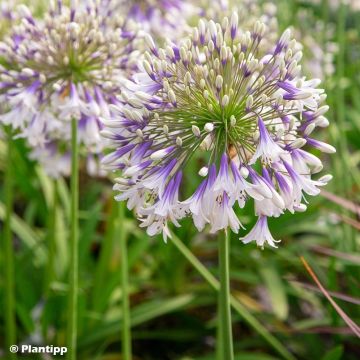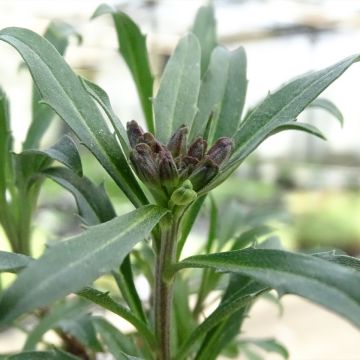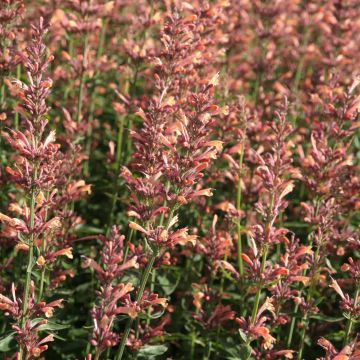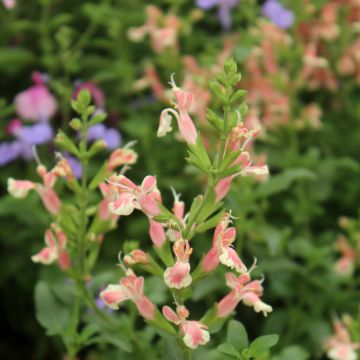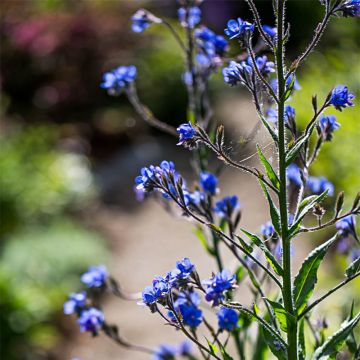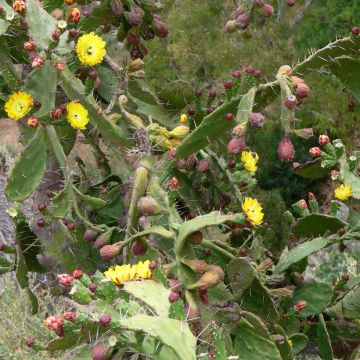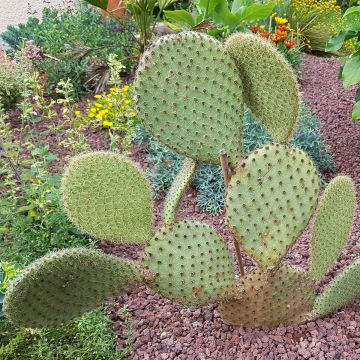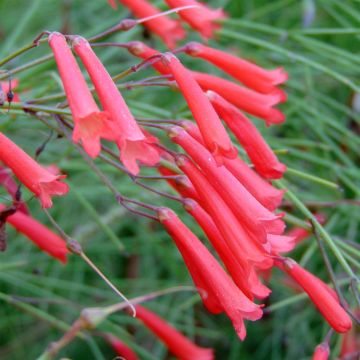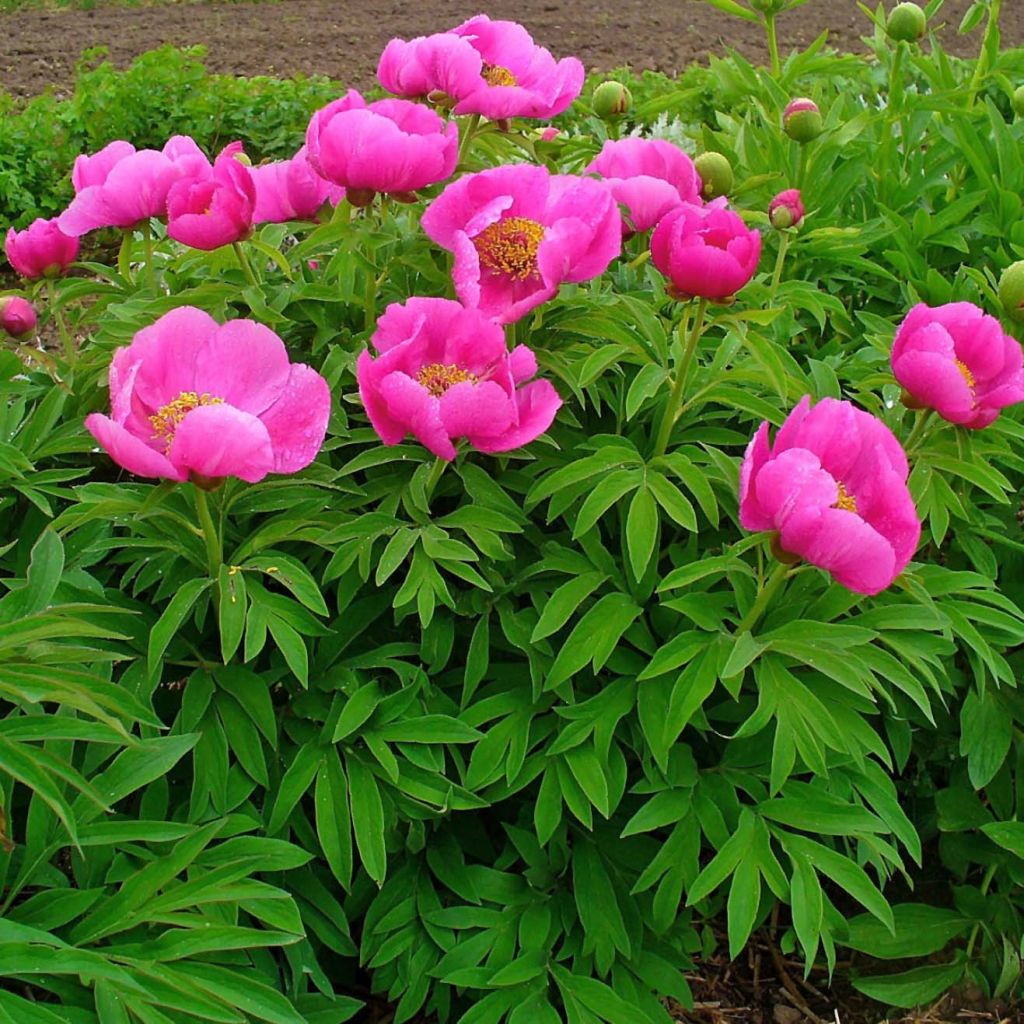

Paeonia officinalis Mollis
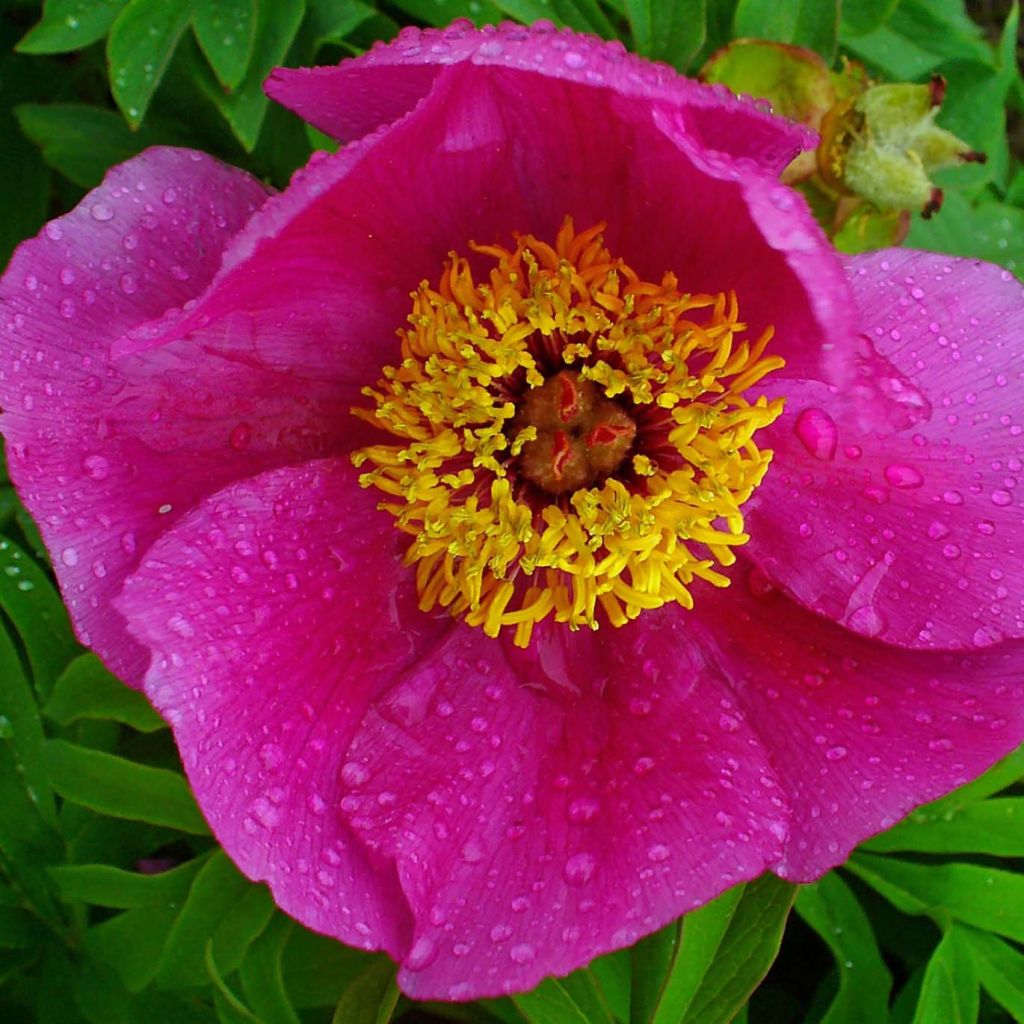

Paeonia officinalis Mollis
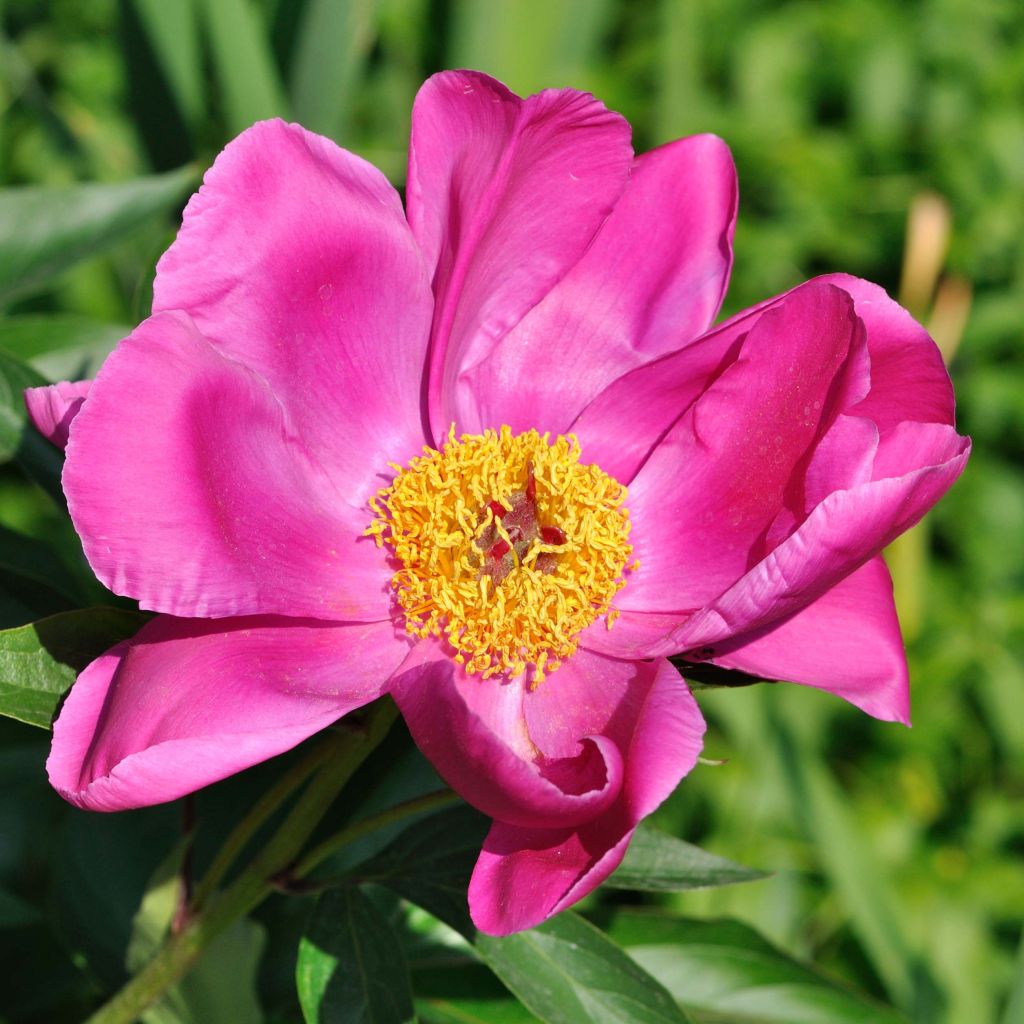

Paeonia officinalis Mollis


Paeonia officinalis Mollis
Paeonia officinalis Mollis
Paeonia officinalis Mollis
Common Peony, Garden Peony
The young plant has taken very well, very vigorous.
Catherine, 29/10/2024
Special offer!
Receive a €20 voucher for any order over €90 (excluding delivery costs, credit notes, and plastic-free options)!
1- Add your favorite plants to your cart.
2- Once you have reached €90, confirm your order (you can even choose the delivery date!).
3- As soon as your order is shipped, you will receive an email containing your voucher code, valid for 3 months (90 days).
Your voucher is unique and can only be used once, for any order with a minimum value of €20, excluding delivery costs.
Can be combined with other current offers, non-divisible and non-refundable.
Why not try an alternative variety in stock?
View all →This plant carries a 12 months recovery warranty
More information
We guarantee the quality of our plants for a full growing cycle, and will replace at our expense any plant that fails to recover under normal climatic and planting conditions.

Would this plant suit my garden?
Set up your Plantfit profile →
Description
Paeonia officinalis Mollis is a form of common peony officially absent or extinct in its natural state, but surviving in enlightened amateur gardens for decades. This pretty garden and rockery perennial forms a clump of modest size, and has deciduous foliage that is particularly ornamental, green tinged with purple. It serves as a backdrop for rather late flowering that takes place in early summer, in the form of beautiful single flowers in the shape of a calyx, of true bright pink without any trace of blue, opening to reveal a bright heart of yellow stamens. This peony thrives in full sun or partial shade, in a limestone, fertile, loose and moist soil.
Paeonia officinalis is native to central and southern Europe. In parts of Europe this plant is protected, and its collection is prohibited and subject to criminal penalties. Like all peonies, it belongs to the Ranunculaceae family (now Paeoniaceae). There are several subspecies of Paeonia officinalis, including the Mollis form, which is small in size and has very bright pink flowers.
This is a perennial herbaceous plant with fleshy rhizomes, very hardy. Its growth is slow during the first few years, eventually forming a bushy clump about 40-50 cm (16-20in) in all directions. Its stems bear leaves cut into deeply divided leaflets with entire, pointed, lanceolate segments. The slightly satin lamina is often tinged with purple, and grey and pubescent on the underside. The flowering only lasts for a week or two, usually in early June or in July, depending on the climate. The flowers, in the shape of simple cups, solitary, appear at the tips of the stems. They are composed of satiny petals of a true and bright pink, and are centred around a prominent heart composed of dark yellow stamens. This flowering is followed by the formation of fuzzy, grey fruits containing black, round, and smooth seeds, which germinate after exposure to cold.
Peonies are among those plants that form the foundations of a garden. Not so long ago every garden, from the most modest to the most elaborate, proudly displayed clumps of peonies covered in fragrant flowers that made their way into the house, keeping company with purple lilacs and blue campanulas in bouquets. The Mollis peony, considered rare and precious, deserves a carefully chosen location, in full sun or partial shade and in well-drained soil. It can be planted in large borders, at the edge of a grove, or even in a large sheltered rockery away from the scorching sun (avoid west-facing exposures in hot climates). It can be associated with timeless perennials such as columbines, campanulas, foxgloves, carnations, or Christmas roses. Growing it in a pot is not recommended as its needs will not be met. Over time the peony becomes majestic, multiplies, and blooms more and more abundantly.
Properties:
Paeonia officinallis was already prized in the Middle Ages, where it featured in physic gardens. Its root was attributed with antiepileptic, antispasmodic, and narcotic properties. Modern science has demonstrated the presence of specific alkaloids with therapeutic purposes in this plant. It is worth noting that the first horticultural varieties created in the late sixteenth century are still cultivated in our gardens.
Paeonia officinalis Mollis in pictures
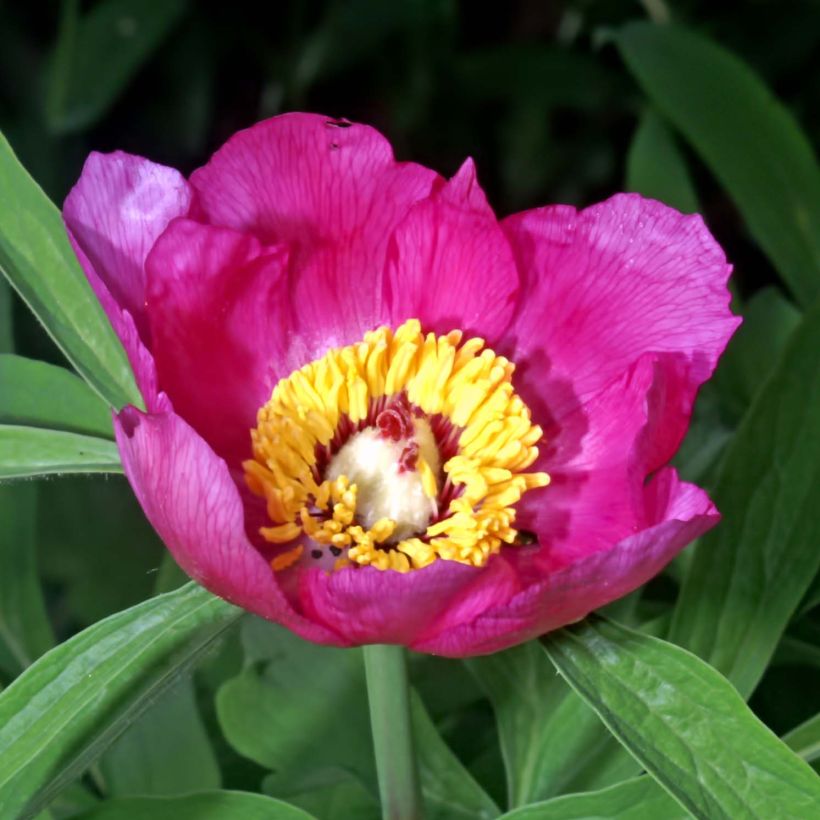

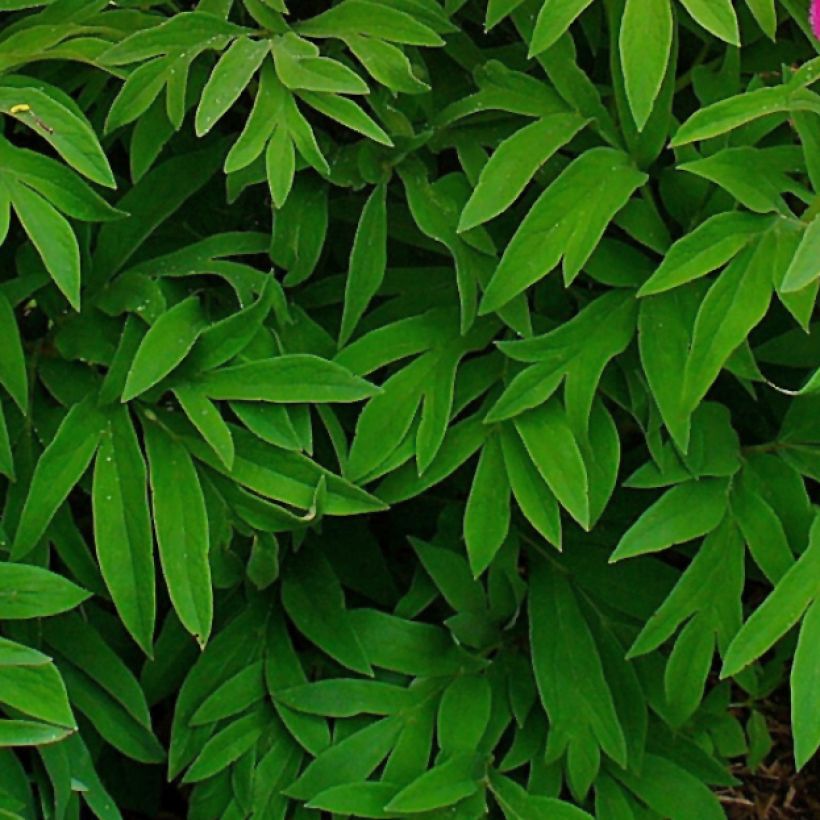

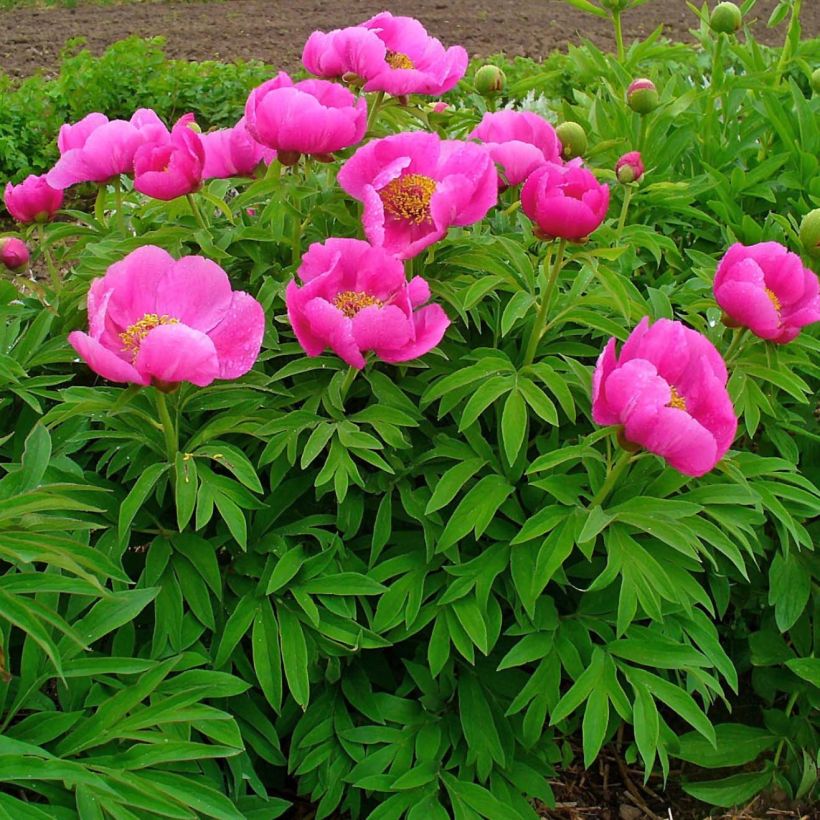

Flowering
Foliage
Plant habit
Botanical data
Paeonia
officinalis
Mollis
Ranunculaceae (Paeoniaceae)
Common Peony, Garden Peony
Cultivar or hybrid
Other Herbaceous and hybrid Peonies
View all →Planting and care
The Mollis peony, like all peonies, does not like to be moved, so you have to think carefully about the right place to locate it. The best time to plant is in spring or autumn. Give the stumps a sunny or bright location and deep, well-loosened soil, making sure it is properly drained. Peonies need space and dislike competition from other species. Prepare a hole of 50 x 50 x 50 cm (20in), adding a thin layer of sand or gravel at the bottom to provide drainage around the roots. Mix an organic fertiliser into your soil, partially backfill, place your plants inside and cover with 6 cm (2in) of soil above the eyes. After planting, tamp down and water thoroughly. Once established, this peony completely dispenses with watering in summer in most regions, as it goes into dormancy. That said, in hot and particularly dry climates in summer, abundant watering every 15 days will be appreciated.
Planting period
Intended location
Care
Planting & care advice
-
, onOrder confirmed
Reply from on Promesse de fleurs
Similar products
Haven't found what you were looking for?
Hardiness is the lowest winter temperature a plant can endure without suffering serious damage or even dying. However, hardiness is affected by location (a sheltered area, such as a patio), protection (winter cover) and soil type (hardiness is improved by well-drained soil).

Photo Sharing Terms & Conditions
In order to encourage gardeners to interact and share their experiences, Promesse de fleurs offers various media enabling content to be uploaded onto its Site - in particular via the ‘Photo sharing’ module.
The User agrees to refrain from:
- Posting any content that is illegal, prejudicial, insulting, racist, inciteful to hatred, revisionist, contrary to public decency, that infringes on privacy or on the privacy rights of third parties, in particular the publicity rights of persons and goods, intellectual property rights, or the right to privacy.
- Submitting content on behalf of a third party;
- Impersonate the identity of a third party and/or publish any personal information about a third party;
In general, the User undertakes to refrain from any unethical behaviour.
All Content (in particular text, comments, files, images, photos, videos, creative works, etc.), which may be subject to property or intellectual property rights, image or other private rights, shall remain the property of the User, subject to the limited rights granted by the terms of the licence granted by Promesse de fleurs as stated below. Users are at liberty to publish or not to publish such Content on the Site, notably via the ‘Photo Sharing’ facility, and accept that this Content shall be made public and freely accessible, notably on the Internet.
Users further acknowledge, undertake to have ,and guarantee that they hold all necessary rights and permissions to publish such material on the Site, in particular with regard to the legislation in force pertaining to any privacy, property, intellectual property, image, or contractual rights, or rights of any other nature. By publishing such Content on the Site, Users acknowledge accepting full liability as publishers of the Content within the meaning of the law, and grant Promesse de fleurs, free of charge, an inclusive, worldwide licence for the said Content for the entire duration of its publication, including all reproduction, representation, up/downloading, displaying, performing, transmission, and storage rights.
Users also grant permission for their name to be linked to the Content and accept that this link may not always be made available.
By engaging in posting material, Users consent to their Content becoming automatically accessible on the Internet, in particular on other sites and/or blogs and/or web pages of the Promesse de fleurs site, including in particular social pages and the Promesse de fleurs catalogue.
Users may secure the removal of entrusted content free of charge by issuing a simple request via our contact form.
The flowering period indicated on our website applies to countries and regions located in USDA zone 8 (France, the United Kingdom, Ireland, the Netherlands, etc.)
It will vary according to where you live:
- In zones 9 to 10 (Italy, Spain, Greece, etc.), flowering will occur about 2 to 4 weeks earlier.
- In zones 6 to 7 (Germany, Poland, Slovenia, and lower mountainous regions), flowering will be delayed by 2 to 3 weeks.
- In zone 5 (Central Europe, Scandinavia), blooming will be delayed by 3 to 5 weeks.
In temperate climates, pruning of spring-flowering shrubs (forsythia, spireas, etc.) should be done just after flowering.
Pruning of summer-flowering shrubs (Indian Lilac, Perovskia, etc.) can be done in winter or spring.
In cold regions as well as with frost-sensitive plants, avoid pruning too early when severe frosts may still occur.
The planting period indicated on our website applies to countries and regions located in USDA zone 8 (France, United Kingdom, Ireland, Netherlands).
It will vary according to where you live:
- In Mediterranean zones (Marseille, Madrid, Milan, etc.), autumn and winter are the best planting periods.
- In continental zones (Strasbourg, Munich, Vienna, etc.), delay planting by 2 to 3 weeks in spring and bring it forward by 2 to 4 weeks in autumn.
- In mountainous regions (the Alps, Pyrenees, Carpathians, etc.), it is best to plant in late spring (May-June) or late summer (August-September).
The harvesting period indicated on our website applies to countries and regions in USDA zone 8 (France, England, Ireland, the Netherlands).
In colder areas (Scandinavia, Poland, Austria...) fruit and vegetable harvests are likely to be delayed by 3-4 weeks.
In warmer areas (Italy, Spain, Greece, etc.), harvesting will probably take place earlier, depending on weather conditions.
The sowing periods indicated on our website apply to countries and regions within USDA Zone 8 (France, UK, Ireland, Netherlands).
In colder areas (Scandinavia, Poland, Austria...), delay any outdoor sowing by 3-4 weeks, or sow under glass.
In warmer climes (Italy, Spain, Greece, etc.), bring outdoor sowing forward by a few weeks.






























